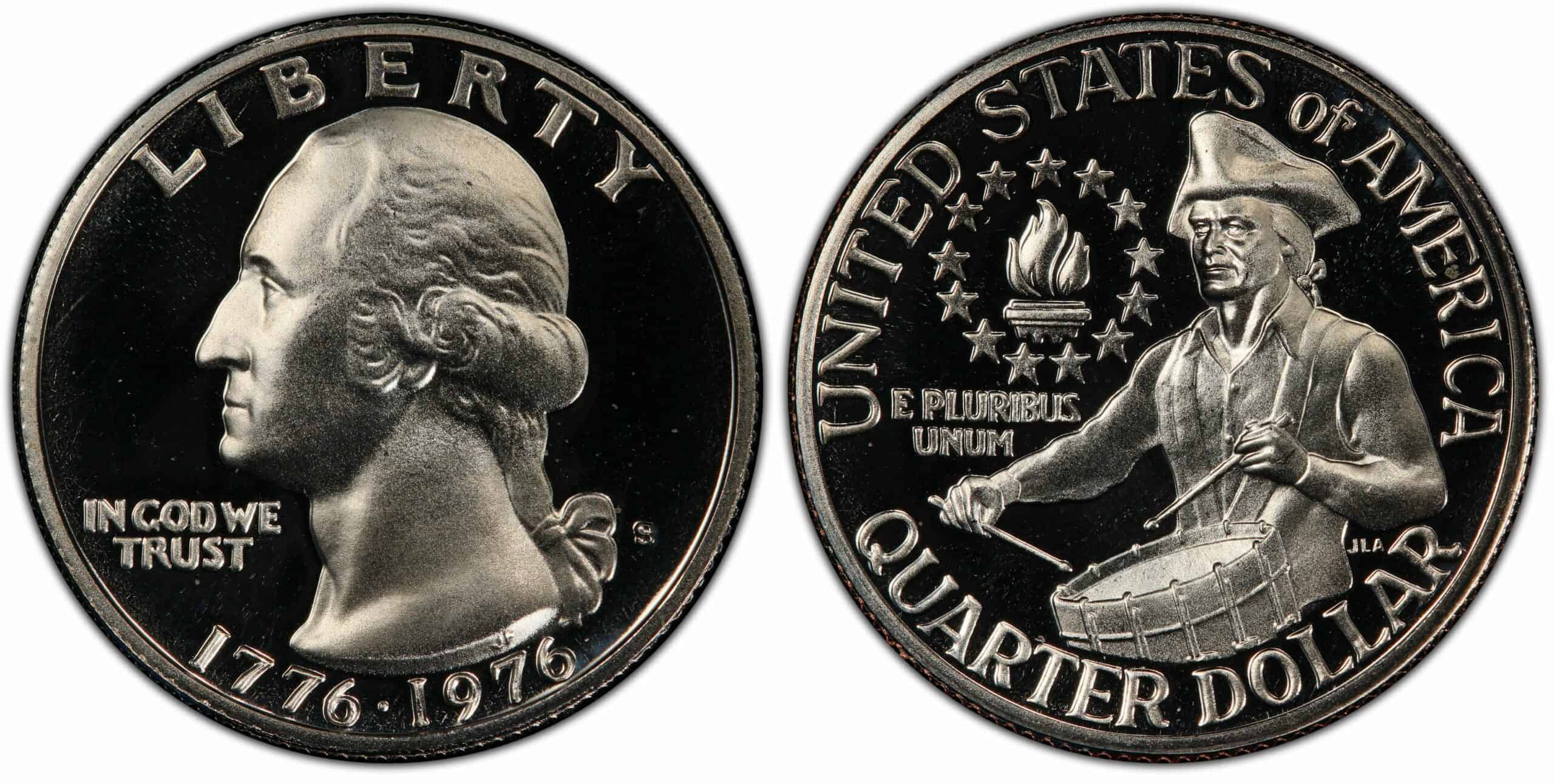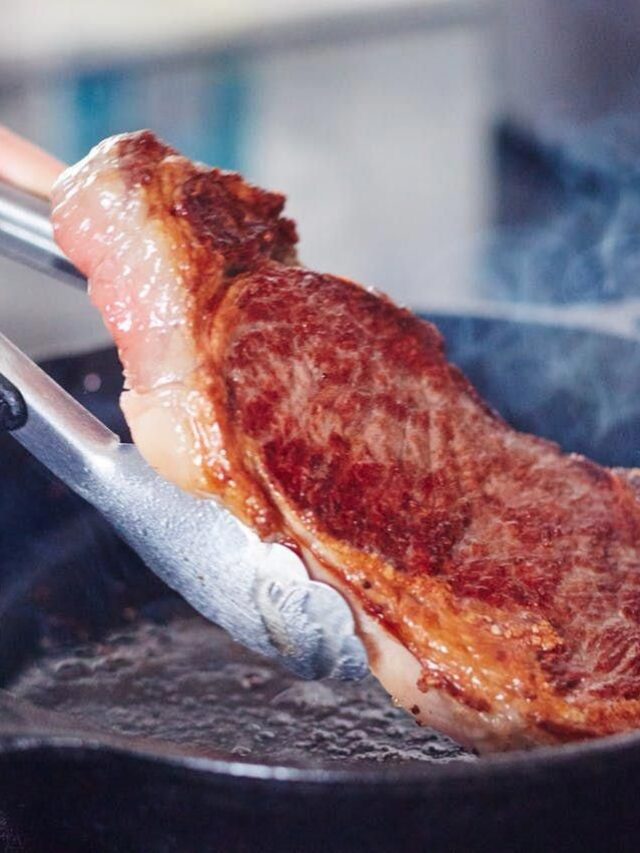The world of coin collecting is a fascinating realm where history, artistry, and rarity intersect, often resulting in astronomical values for certain pieces.
Among these treasures, the Bicentennial Quarter, minted in 1975 and 1976 to commemorate the 200th anniversary of the United States, stands out.
While most of these quarters are common, some rare versions can fetch extraordinary prices, with one particular quarter rumored to be worth nearly $80 million.
Additionally, there are five other coins within the U.S. currency system valued at over $30 million USD each.
This article delves into the specifics of these exceptional coins, exploring their origins, unique features, and the reasons behind their staggering market values.
The Nearly $80 Million Bicentennial Quarter

The Bicentennial Quarter, officially known as the Washington Quarter, was designed to celebrate America’s 200th birthday.
The design features a colonial drummer on the reverse side, which replaced the traditional eagle for this special edition.
Most Bicentennial Quarters are common, but a few specific conditions and errors have elevated the value of certain pieces to unimaginable heights.
The Origins and Design
In 1975 and 1976, the U.S. Mint produced the Bicentennial Quarter in massive quantities across the Philadelphia, Denver, and San Francisco mints.
The coin’s obverse side retained the familiar portrait of George Washington, but the reverse was distinct, featuring Jack L. Ahr’s design of a colonial drummer boy with a victory torch encircled by thirteen stars.
Unique Features and Minting Errors
The nearly $80 million Bicentennial Quarter is not just any quarter. Its extraordinary value stems from a combination of minting errors and unique features.
Coins struck in different metals or those with double dies, off-center strikes, and other anomalies are highly coveted by collectors.
The quarter in question is believed to possess a perfect storm of these errors, making it a one-of-a-kind piece.
The Journey to Astronomical Value
The path to an $80 million valuation involves a confluence of rarity, historical significance, and collector demand.
Over the years, this particular quarter’s provenance, including its discovery, authentication, and auction history, has added to its legendary status.
Coin experts and auction houses have played crucial roles in verifying its authenticity and setting its market value.
The Impact on the Coin Collecting Community
This extraordinary quarter has not only captivated the coin collecting community but also spurred interest in American numismatics more broadly.
Its existence highlights the potential hidden value in everyday currency and encourages both amateur and seasoned collectors to closely inspect their coins for rare finds.
The 1933 Saint-Gaudens Double Eagle

Among the most famous and valuable U.S. coins is the 1933 Saint-Gaudens Double Eagle, a gold coin with a storied past that has captured the imaginations of collectors and historians alike.
Historical Context and Design
The Saint-Gaudens Double Eagle, designed by renowned sculptor Augustus Saint-Gaudens, was first minted in 1907.
The coin features a striking image of Lady Liberty striding forward with a torch and an olive branch, symbolizing enlightenment and peace.
The reverse side showcases a majestic eagle in flight. The 1933 edition was never officially circulated due to President Franklin D. Roosevelt’s gold recall, making surviving specimens incredibly rare.
The Mystery of the 1933 Double Eagle
Despite the order to melt down the entire 1933 mintage, a few coins mysteriously escaped destruction.
Over the years, these coins have surfaced in private collections and auctions, leading to legal battles over their ownership.
The most famous example is the Farouk-Fenton coin, which was once owned by King Farouk of Egypt and later purchased by a private collector for over $7.5 million in 2002.
Rarity and Market Value
The 1933 Double Eagle’s rarity is unparalleled. With only a handful of specimens known to exist, its value has skyrocketed.
In recent years, some estimates have placed its worth at over $30 million, driven by its unique history and the legal intrigue surrounding it.
Influence on Numismatics
The tale of the 1933 Saint-Gaudens Double Eagle has had a profound impact on the numismatic world, emphasizing the importance of provenance and legal status in determining a coin’s value.
Its legacy continues to inspire collectors and spark debates over the legal ownership of rare coins.
The 1794 Flowing Hair Silver Dollar

Another coin that commands a market value exceeding $30 million is the 1794 Flowing Hair Silver Dollar, a piece of significant historical importance as it represents the first dollar coin struck by the U.S. Mint.
Historical Significance and Design
The 1794 Flowing Hair Silver Dollar was designed by Robert Scot, the first Chief Engraver of the U.S. Mint.
The obverse features a portrait of Liberty with flowing hair, symbolizing freedom and the youthful vigor of the new nation. The reverse depicts an eagle surrounded by a wreath.
Mintage and Rarity
Minted in a relatively small quantity, the 1794 silver dollars are incredibly rare. It’s believed that only around 1,758 coins were produced, with far fewer surviving today.
The rarity is compounded by the fact that these early mintings were of varying quality, making well-preserved specimens even more valuable.
Record-Breaking Sales
The most famous 1794 Flowing Hair Silver Dollar was sold by Stack’s Bowers Galleries in 2013 for a record $10 million.
This particular coin was in exceptional condition and is believed to be one of the first silver dollars ever struck, possibly even the very first.
Collecting and Market Value
The 1794 Flowing Hair Silver Dollar’s market value is driven by its historical significance and rarity.
As one of the earliest examples of American coinage, it holds a unique place in the history of the United States, making it a prized possession for collectors.
The 1804 Draped Bust Dolla

Known as the “King of American Coins,” the 1804 Draped Bust Dollar is another coin that has achieved a value exceeding $30 million due to its rarity and historical importance.
Historical Background and Design
The Draped Bust Dollar series, designed by Robert Scot, was minted from 1795 to 1804. The 1804 edition, however, was not struck until the 1830s as part of special proof sets intended for diplomatic gifts.
The obverse features Liberty with flowing hair and a draped bust, while the reverse showcases a heraldic eagle.
The Myth and the Reality
Despite the date, no silver dollars were actually struck in 1804. The so-called “1804 dollars” were created much later, with only fifteen known specimens divided into Class I, Class II, and Class III categories.
The Class I dollars are the most famous and valuable, with impeccable provenance and a fascinating history.
High-Profile Sales and Valuations
The 1804 Draped Bust Dollar has consistently fetched high prices at auctions. The most notable sale occurred in 1999 when a Class I specimen, known as the “Dexter Dollar,” sold for over $4 million.
Since then, the value of these coins has continued to appreciate, with some estimates suggesting they could reach over $30 million.
Influence on Collectors and Numismatics
The 1804 Draped Bust Dollar’s allure lies in its rarity, intricate design, and the mystery surrounding its creation.
It remains one of the most sought-after coins among collectors, highlighting the significance of provenance and historical context in the world of numismatics.
The 1913 Liberty Head Nickel

The 1913 Liberty Head Nickel is another example of a coin whose value exceeds $30 million, owing to its rarity and the intrigue surrounding its unauthorized minting.
Historical Context and Design
The Liberty Head Nickel, designed by Charles E. Barber, was minted from 1883 to 1912. In 1913, the design was officially replaced by the Buffalo Nickel.
However, five Liberty Head Nickels bearing the 1913 date were clandestinely produced, creating one of the most famous rarities in American coinage.
The Five Known Specimens
The existence of the 1913 Liberty Head Nickels remained unknown until the early 1920s when they were showcased by coin dealer Samuel Brown.
The five known specimens are now named after their prominent owners, such as the Eliasberg, Olsen, and Norweb specimens.
High-Value Auctions and Private Sales
These nickels have consistently commanded high prices at auctions. The Olsen specimen, for instance, was sold for $3 million in 2010.
Given their rarity and the mystique surrounding their creation, it’s estimated that the value of each 1913 Liberty Head Nickel could surpass $30 million in a competitive market.
Legacy and Impact
The 1913 Liberty Head Nickel continues to captivate collectors and historians alike. Its unauthorized minting and subsequent discovery highlight the human element in coin production and the stories that make numismatics an engaging field.
The 1943 Copper Penny

Rounding out our list of extraordinarily valuable coins is the 1943 Copper Penny, a rare and highly sought-after error coin that can fetch over $30 million.
Historical Context and Design
During World War II, copper was a critical war material, leading the U.S. Mint to produce pennies from zinc-coated steel in 1943.
However, a few copper planchets (blanks) from 1942 inadvertently made their way into the minting process, resulting in the creation of the 1943 Copper Penny.
Rarity and Discovery
Only a few 1943 Copper Pennies are known to exist, making them extremely rare. The most famous specimen was discovered in the 1950s by a teenage collector, sparking widespread interest and speculation about other potential finds.
High-Value Transactions
These pennies have achieved record-breaking prices at auctions. One of the most notable sales occurred in 2019 when a 1943 Copper Penny fetched $1.7 million.
Given their rarity and historical significance, experts believe that a 1943 Copper Penny in perfect condition could easily exceed $30 million.
Influence on Coin Collecting
The 1943 Copper Penny serves as a reminder of the potential for valuable finds in everyday change. Its story has inspired countless collectors to search through their coins, fostering a deeper appreciation for numismatics.
Other Stories You May Like
Conclusion
The extraordinary values of these rare U.S. coins—ranging from the nearly $80 million Bicentennial Quarter to the other five coins each worth over $30 million—underscore the intricate blend of history, rarity, and human interest that drives the numismatic market.
These coins are more than just pieces of metal; they are tangible links to the past, encapsulating stories of production anomalies, legal battles, and the passion of collectors. As such, they continue to captivate and inspire, reflecting the timeless allure of rare and precious artifacts.
For both seasoned numismatists and casual enthusiasts, the pursuit of these treasures offers a unique journey through the rich tapestry of American history and culture.






